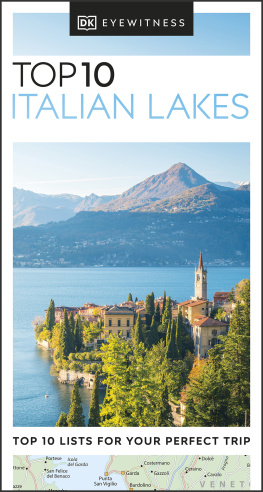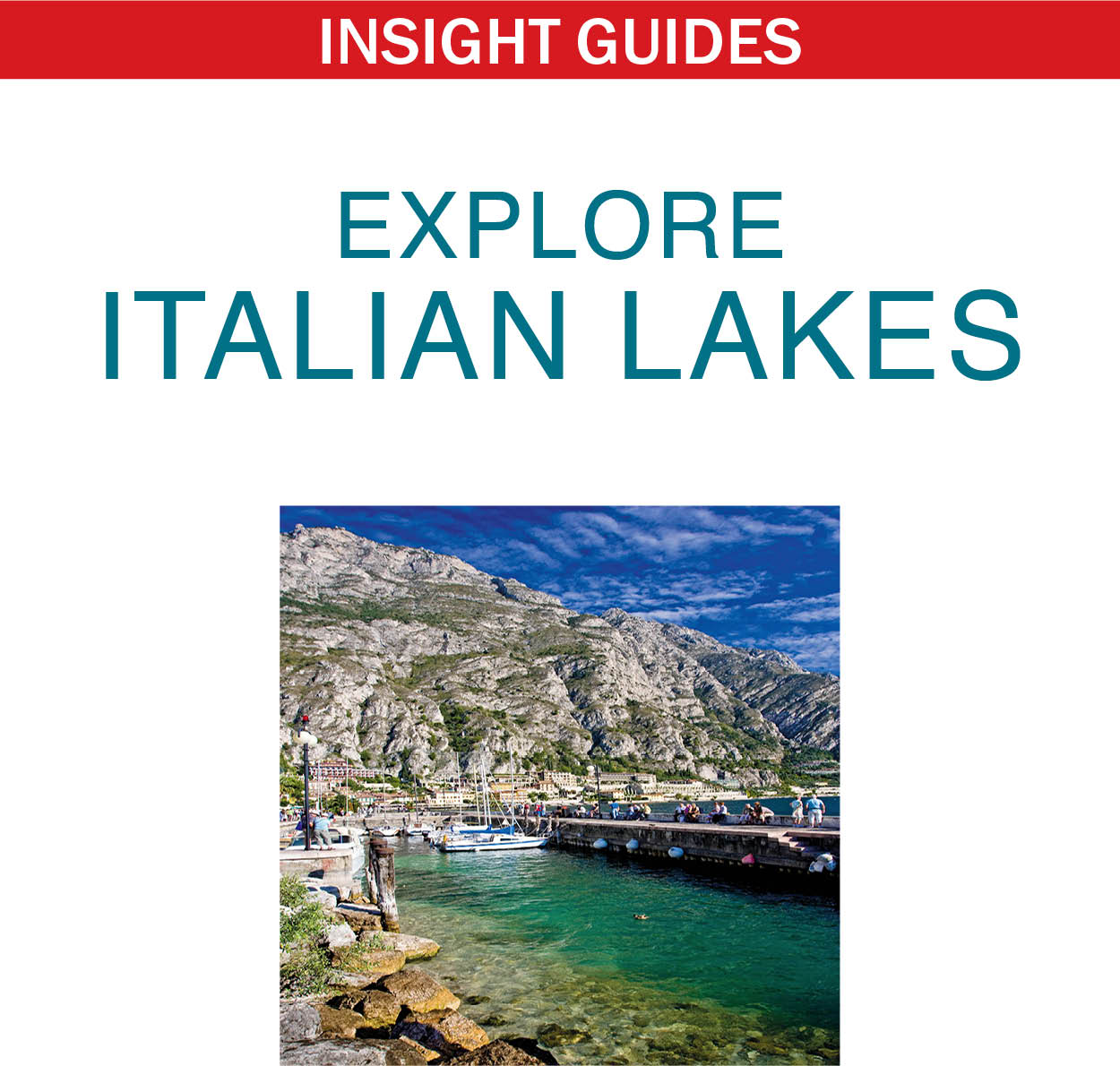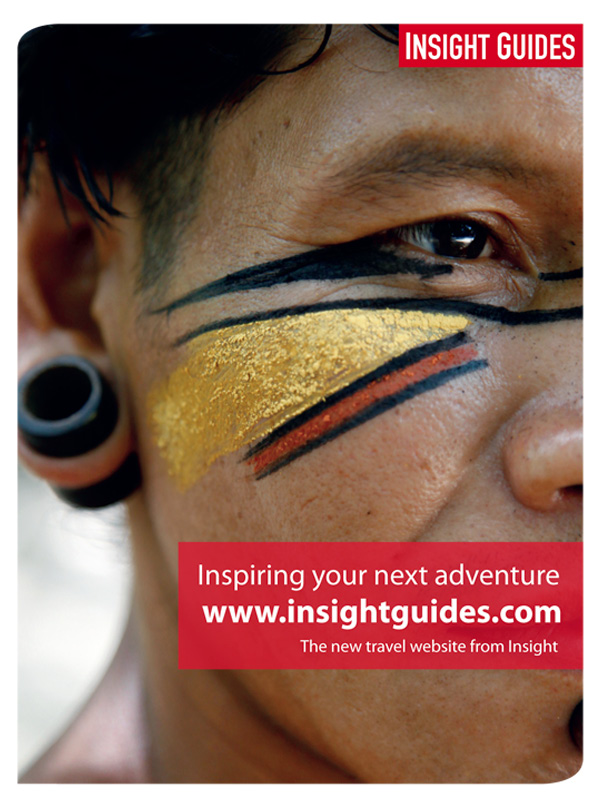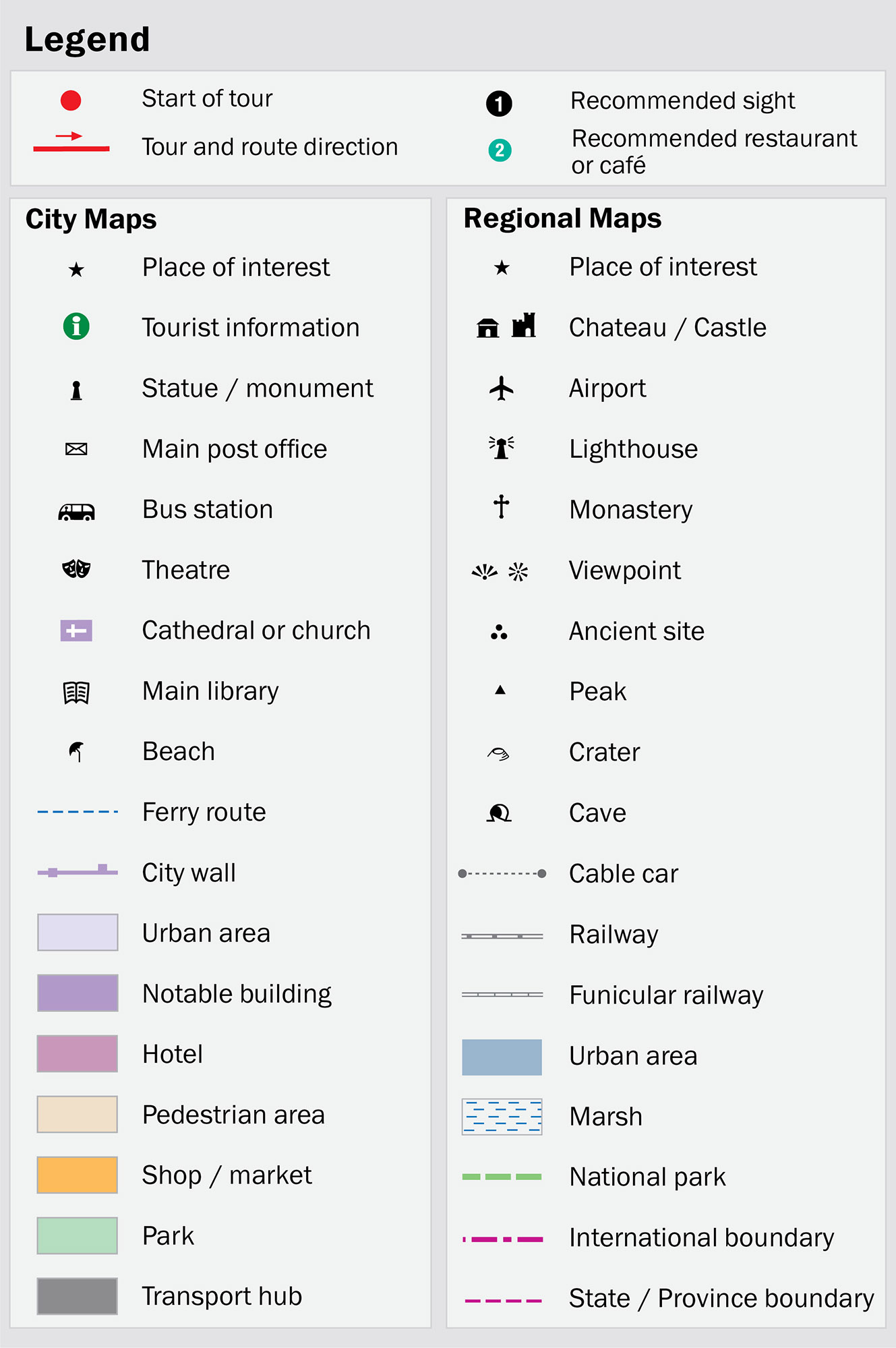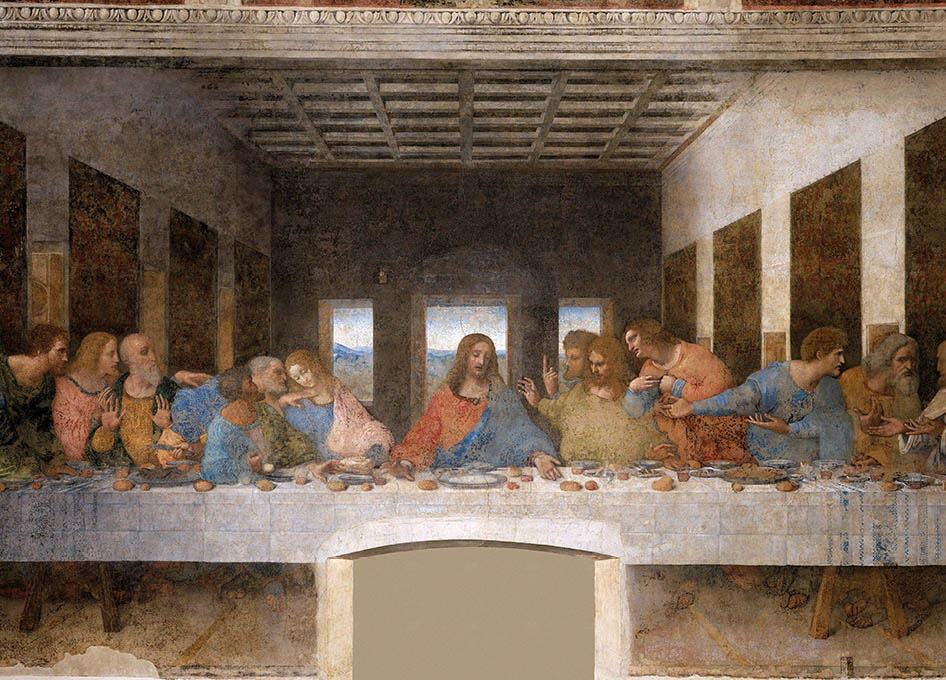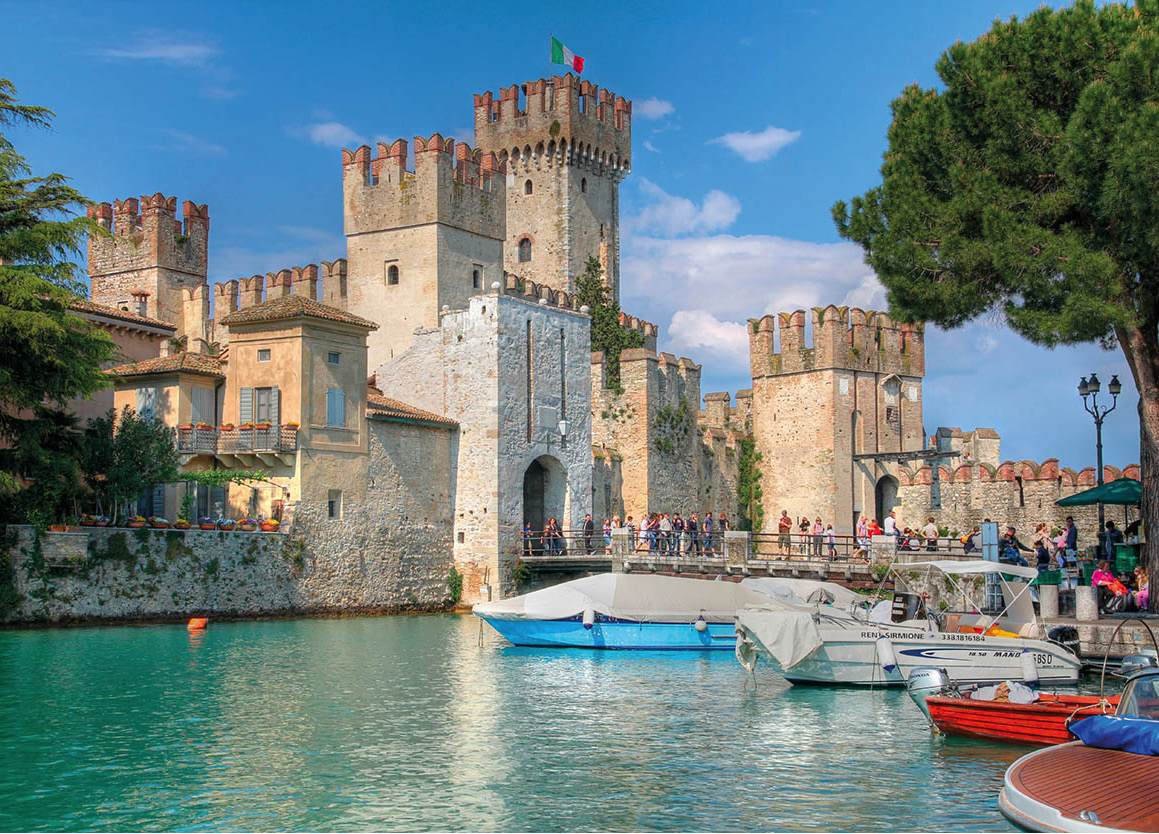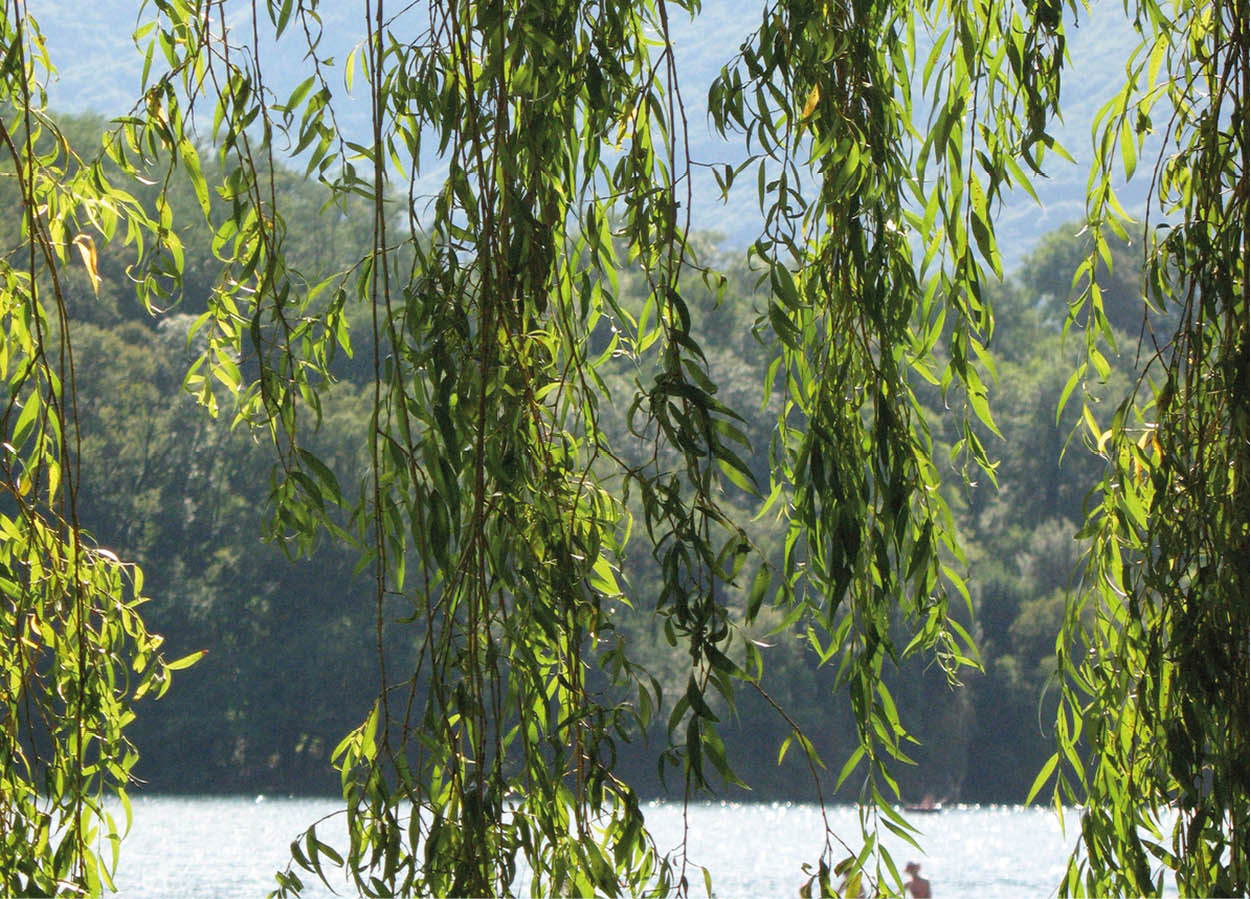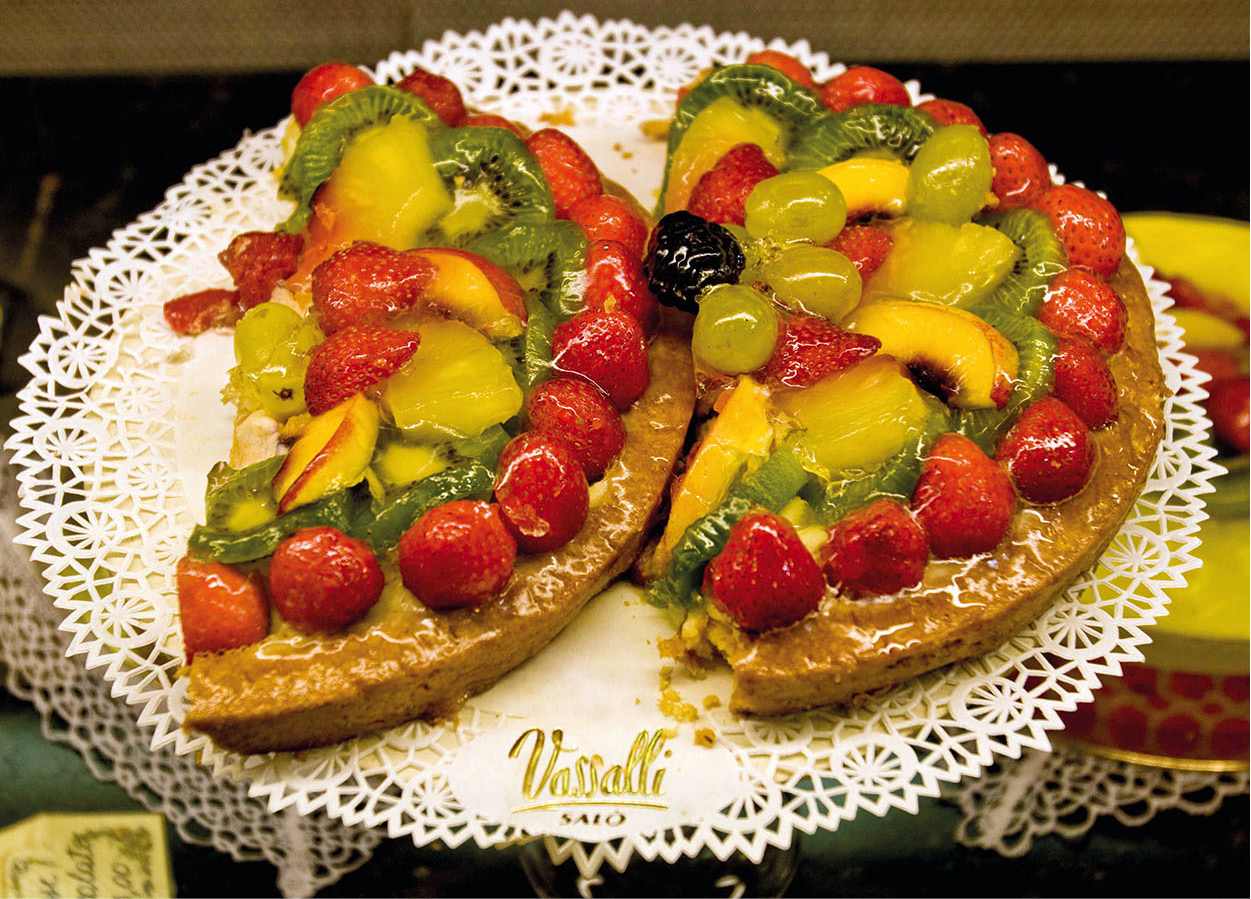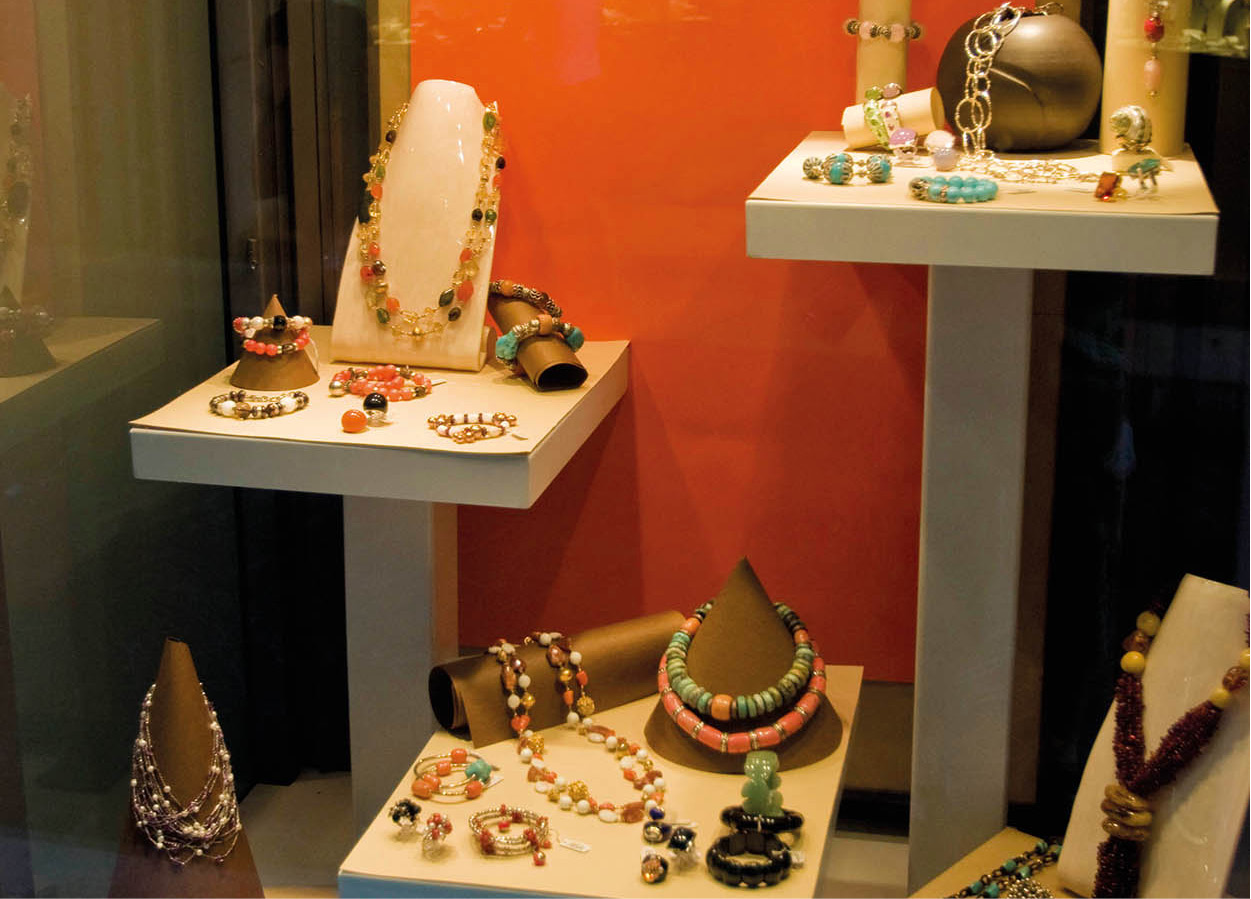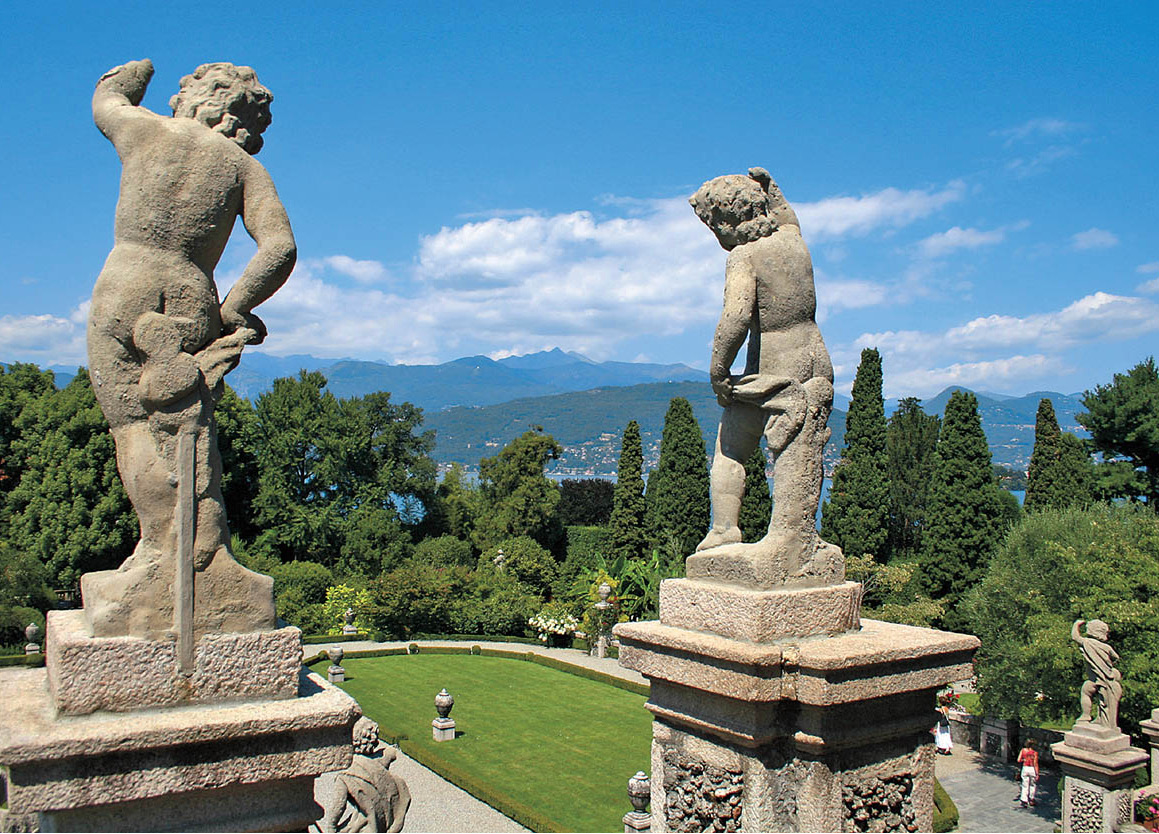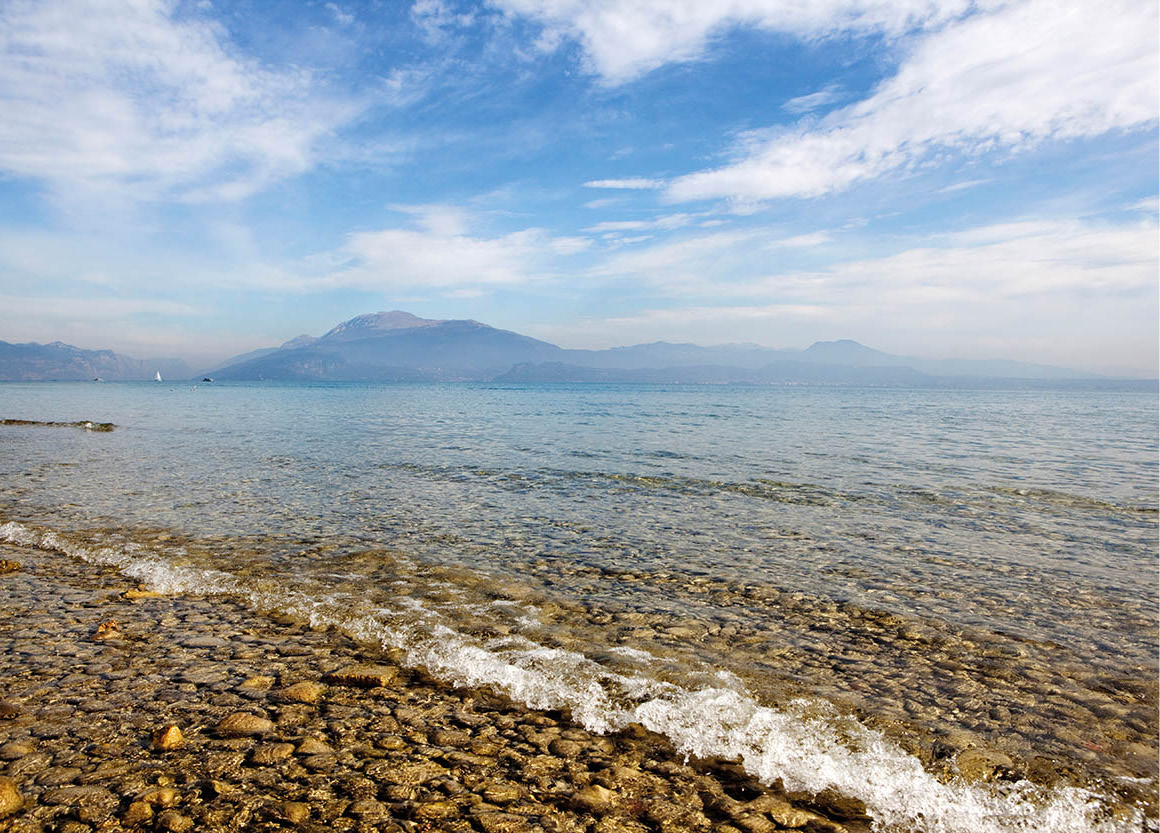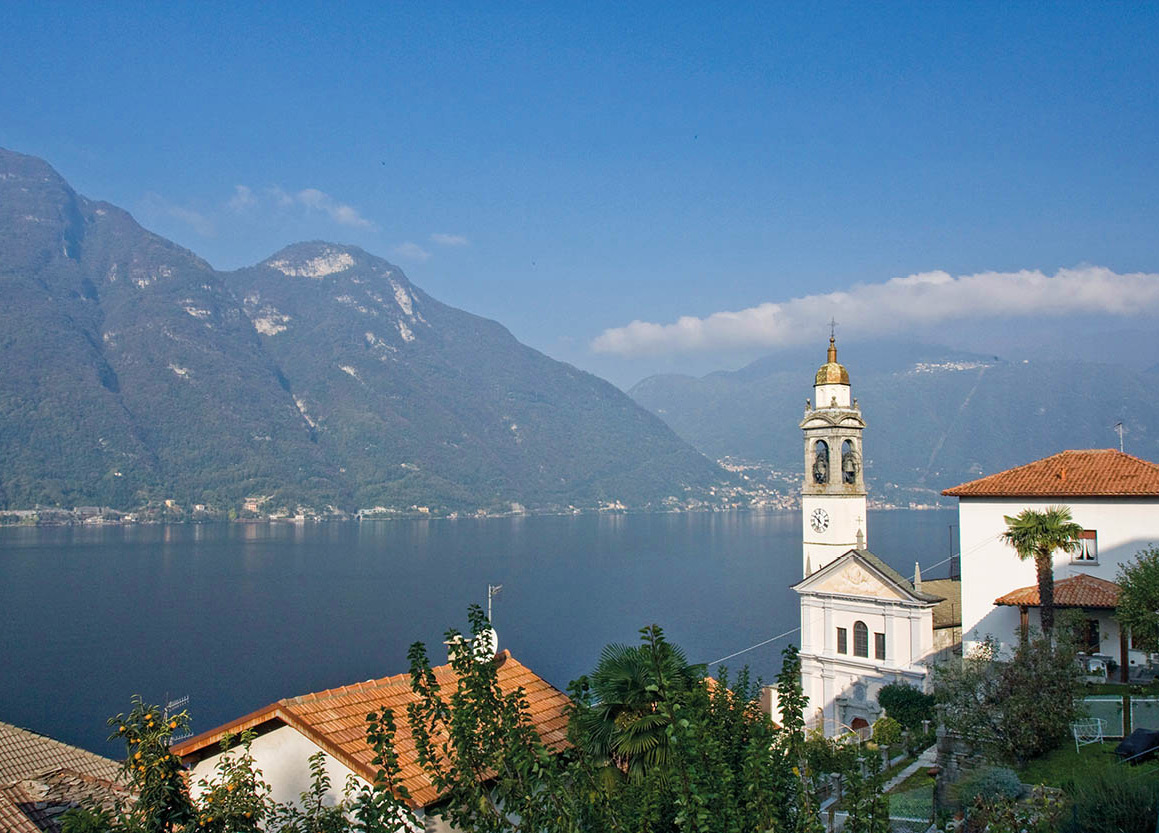How To Use This E-Book
This Explore Guide has been produced by the editors of Insight Guides, whose books have set the standard for visual travel guides since 1970. With top-quality photography and authoritative recommendations, these guidebooks bring you the very best routes and itineraries in the worlds most exciting destinations.
Best Routes
The routes in this book provide something to suit all budgets, tastes and trip lengths. As well as covering the destinations many classic attractions, the itineraries track lesser-known sights, and there are also excursions for those who want to extend their visit outside the city. The routes embrace a range of interests, so whether you are an art fan, a gourmet, a history buff or have kids to entertain, you will find an option to suit.
We recommend reading the whole of a route before setting out. This should help you to familiarise yourself with it and enable you to plan where to stop for refreshments options are shown in the Food and Drink box at the end of each tour.
Introduction
The routes are set in context by this introductory section, giving an overview of the destination to set the scene, plus background information on food and drink, shopping and more, while a succinct history timeline highlights the key events over the centuries.
Directory
Also supporting the routes is a Directory chapter, with a clearly organised AZ of practical information, our pick of where to stay while you are there and select restaurant listings; these eateries complement the more low-key cafs and restaurants that feature within the routes and are intended to offer a wider choice for evening dining. Also included here are some nightlife listings, plus a handy language guide and our recommendations for books and films about the destination.
Getting around the e-book
In the Table of Contents and throughout this e-book you will see hyperlinked references. Just tap a hyperlink once to skip to the section you would like to read. Practical information and listings are also hyperlinked, so as long as you have an external connection to the internet, you can tap a link to go directly to the website for more information.
Maps
All key attractions and sights mentioned in the text are numbered and cross-referenced to high-quality maps. Wherever you see the reference [map] just tap this to go straight to the related map. You can also double-tap any map for a zoom view.
Images
Youll find hundreds of beautiful high-resolution images that capture the essence of the destination. Simply double-tap on an image to see it full-screen.
2014 Apa Publications (UK) Ltd
Table of Contents
Recommended Routes For...
Art lovers
View rich collections of Renaissance art, from Bergamos Accademia Carrara ( and Pinacoteca di Brera, home to Leonardo da Vincis The Last Supper (route 18).
Public Domain
Castle enthusiasts
Lake Gardas shores (routes (route 2) is home to the imposing Rocca Borromeo.
iStockphoto
Escaping the crowds
Take a dip in unspoilt Lake Mergozzo () is a pretty region for touring.
Fotolia
Ferry trips
Sit back and let the ferries do the work for you. The cruises from Stresa to Locarno () are among the most scenic.
Neil Buchan-Grant/Apa Publications
Food and wine
Vinophiles and gourmets will enjoy Franciacorta () caters for all tastes.
Neil Buchan-Grant/Apa Publications
Island hopping
Follow the crowds to the Borromean Islands ().
Apa Publications
Shopping
Head to the factory outlets of Como ().
Neil Buchan-Grant/Apa Publications
Villas and gardens
Lake Maggiores showpiece is Villa Taranto ( (route 10).
iStockphoto
Crystal clear waters of the Italian Lakes
Robert Harding
Explore The Italian Lakes
With a mild climate, romantic waterfront views and lush vegetation, the lakes have long been a favoured haunt. Add sports, culture, fashion and gastronomy, and it is little wonder that they remain one of Italys most popular tourist hotspots.
Lake Como
Neil Buchan-Grant/Apa Publications
The deep glacial lakes of northern Italy lie between the southern foothills of the Alps, near the Swiss border, and the low-lying plains of the Po Valley. The famous trio are Lake Como, which lies north of the great metropolis of Milan, Lake Maggiore to the citys northwest and Lake Garda to the east. Although the lakes extend over four regions Piedmont, Lombardy, Trentino and Veneto the area is comparatively small and easily covered by car or public transport. The A4 autostrada provides a quick way of getting across the region, and for those who want to explore the shopping delights of Milan, the city is no more than an hour away from Stresa or Como by car or train.
Shaping the lakes
It was glaciers at the end of the last Ice Age that gouged out the ribbons of water that are now the lakes. For over 10,000 years inhabitants have also left their mark on the region, from the prehistoric rock engravings in the Camonica Valley to the remains of Roman villas to the castles and palazzi of the ruling dynasties. The Lombard plain was hardly ideal terrain on which to settle: the marshes needed to be drained and the water channelled into canals. Yet by medieval times it was domesticated and dotted with castles, churches, abbeys and palaces. The transformation, from bog to economic powerhouse, was thanks largely to the industriousness of the lakeside towns natives and the advent of a prosperous local mercantile class.


